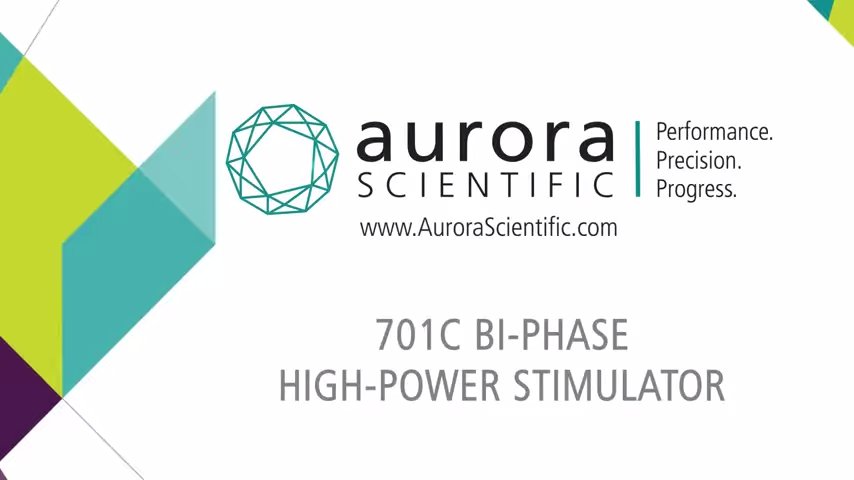701C: Electrical Stimulator
The 701C is a high-powered, bi-phase stimulator designed to meet the specific needs of muscle researchers. Regardless of solution composition, electrode size or electrode spacing, the 701C will deliver the power and flexibility you need for the most demanding of field stimulation protocols.
The unit can generate positive and negative pulses, as well as pulses of alternating bi-phase polarity. Pulse patterns produced by a computer or external device can also be used to control stimulator output, eliminating the need for multi-device synchronization.
The 701C can operate in constant current or constant voltage modes. When doing field stimulation in constant voltage mode, the current is dependent on the concentration of salt in the bath. As the concentration changes, so will the stimulation current. However, in constant current stimulation mode, stimulation remains constant regardless of changes to bath solution composition. The option to switch between these modes can be significant, depending on the research application and measurement objectives.
The ideal solution for field stimulation with the flexibility and control required for use as a nerve and in-situ muscle stimulator.
Stories of Success
701C – A True Stimulator For Field and Nerve Stimulation
CHALLENGE
In 2009 Dr. Clifford Bayer of the VA Medical Center in Boise, Idaho was using an Aurora Scientific 701B stimulator and other equipment to study the necrotic infection after skeletal muscle injury. The 701B had been released a number of years earlier, but was designed only for field stimulation; it was difficult to precisely control the amount of current delivered to stimulate a nerve in-vivo. Dr. Bayer’s work was hampered by the inability to precisely control the current output.
SOLUTION
Aurora Scientific’s R&D team worked quickly to have a new stimulator that was high power enough for field stimulation but could deliver small and precise amounts of current for directly stimulating an animal’s nerve. A discrete mode switch was added to distinctly identify whether it was delivering a constant voltage or constant current controlled pulse. The stimulator also took on a smaller form factor saving space and reducing cost, allowing it to outperform its rivals at a more affordable price.
RESULTS
Dr. Bayer was able to gain valuable data because of the new 701C design. With in-situ and in-vivo measurements increasing in interest for science research, the stimulator has become a reliable mainstay for all Aurora Scientific test systems. More recently other features such as sync and monitors for both voltage and current have been added. The unique ‘constant current’ feature has changed paradigms regarding how stimulation protocols are written and referenced and made a previous generation of stimulator isolation units for constant current completely obsolete.
Select References
- Charles et al. “The impacts of muscle-specific force-velocity properties on predictions of mouse muscle function during locomotion” Frontiers in Bioengineering and Biotechnology (2024) DOI: 10.3389/fbioe.2024.1436004
- Sieck et al. “Sarcopenia of the longitudinal tongue muscles in rats” Respiratory Physiology and Neurobiology (2024) DOI: 10.1016/j.resp.2023.104180
- Demonbreun et al. “Recombinant annexin A6 promotes membrane repair and protects against muscle injury” The Journal of Clinical Investigation (2019) DOI: 10.1172/JCI128840
- Sharp, Paul S. et al. “Physiological characterization of muscle strength with variable levels of dystrophin restoration in mdx mice following local antisense therapy.” Molecular Therapy (2011) DOI: 10.1038/mt.2010.213
- Sloboda et al. “Myeloid Cell Responses to Contraction-induced Injury Differ in Muscles of Young and Old Mice” The Journal of Gerontology Series A (2018) DOI: 10.1093/gerona/gly086
- Rizzuto, Emanuele et al. “Measuring Neuromuscular Junction Functionality in the SOD1G93A Animal Model of Amyotrophic Lateral Sclerosis.” Annals of Biomedical Engineering (2015) DOI: 10.1007/s10439-015-1259-x
- Barefield et al. “Loss of dysferlin or myoferlin results in differential defects in excitation–contraction coupling in mouse skeletal muscle” Scientific Reports (2021) DOI: 10.1038/s41598-021-95378-9
- Salamone et al. “Intermittent glucocorticoid treatment enhances skeletal muscle performance through sexually dimorphic mechanisms” The Journal of Clinical Investigation (2022) DOI: 10.1172/JCI149828
- Nay et al. “Gut bacteria are critical for optimal muscle function: a potential link with glucose homeostasis” American Journal of Physiology Endocrinology and Metabolism (2019) DOI: 10.1152/ajpendo.00521.2018
- Carosio, Sylvia et al. “Generation of ex vivo-vascularized Muscle Engineered Tissue (X-MET).” Scientific Reports (2013) DOI: 10.1038/srep01420
Related Products
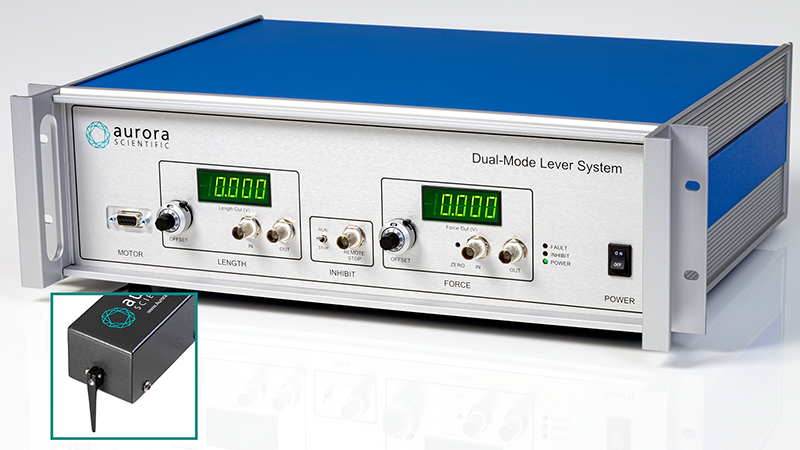
300E: Dual-Mode Muscle Levers
Seamless, flexible control of force and length, with the unique ability to measure one or both in a single and convenient lever system.
Learn More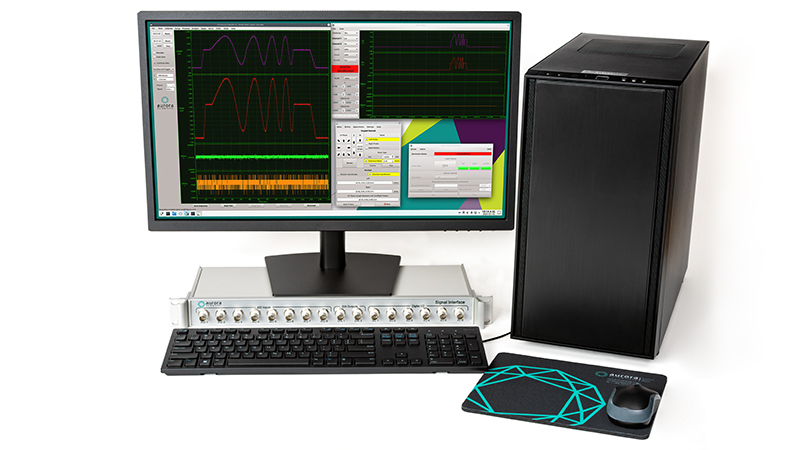
600A: Real-Time Muscle Data Acquisition and Analysis System
The 600A Digital Controller serves to integrate components and provide the researcher control of system operations, data collection and signal analysis.
Learn More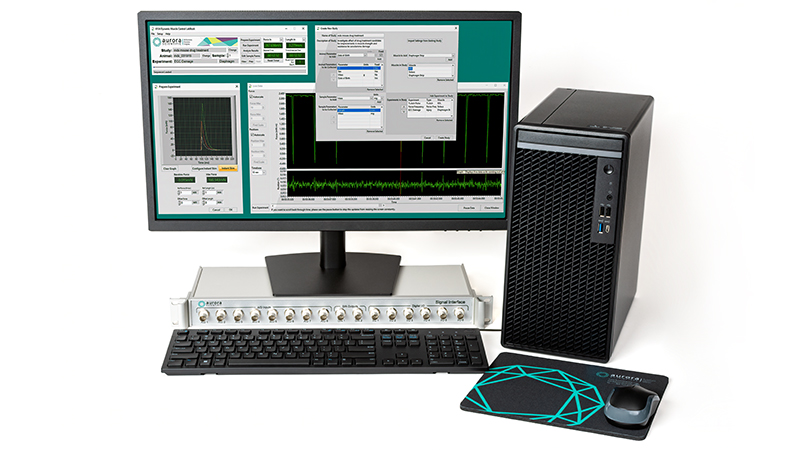
605A: Dynamic Muscle Data Acquisition and Analysis System
Precise, custom software designed for real-time data acquisition, instrument control and data analysis with unique, integrative features. Includes force and SL control capability
Learn More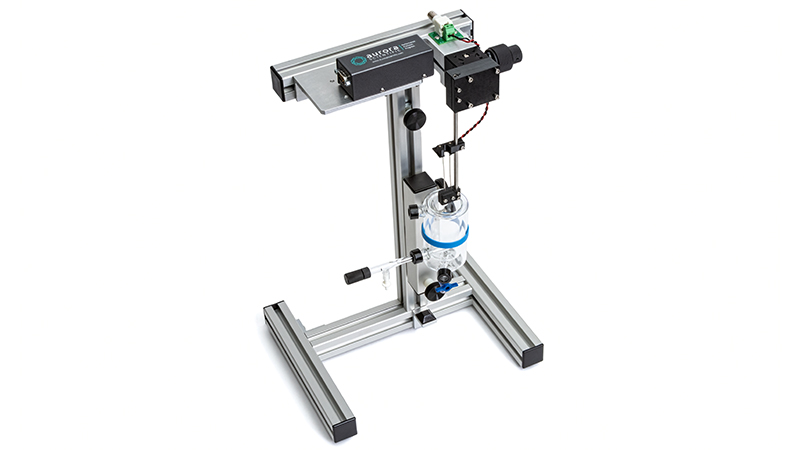
800C: in-vitro Muscle Apparatus
Flexible design makes these systems the ideal choice for measuring muscle properties of intact muscle tissue in mice and rats
Learn More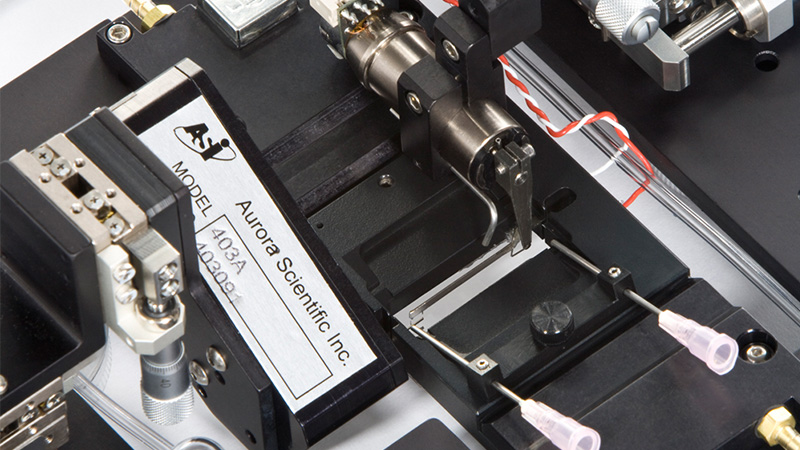
801C: Small Intact Muscle Apparatus – Microscope Mountable
Highly integrated apparatus, optimally designed to test small, intact muscle contractility
Learn More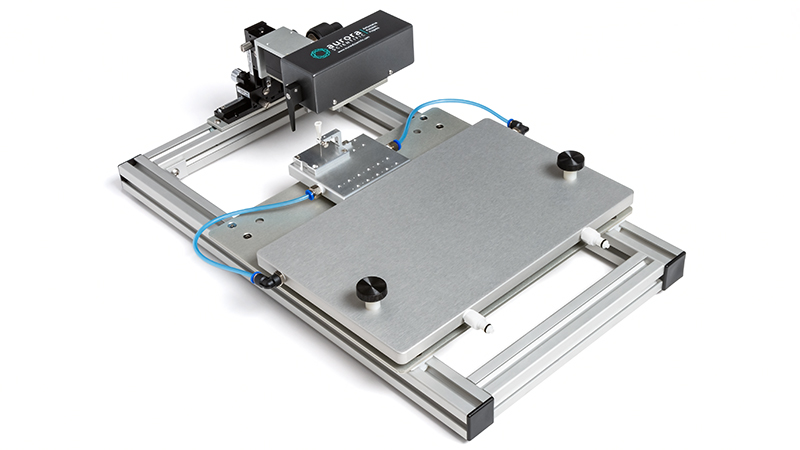
806D: in-situ Rat Apparatus
A beautifully designed, innovative apparatus for measuring in vitro, in situ and in vivo muscle properties in rats
Learn More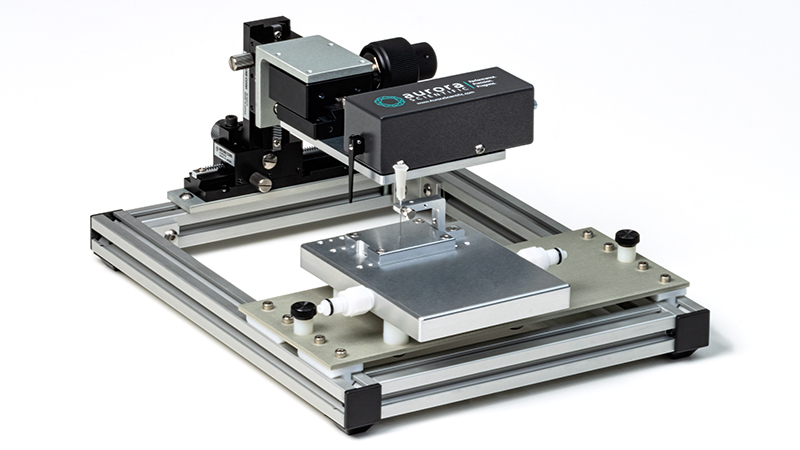
809C: in-situ Mouse Apparatus
A beautifully designed, flexible apparatus for easily measuring in vitro, in situ and in vivo muscle properties in mice
Learn More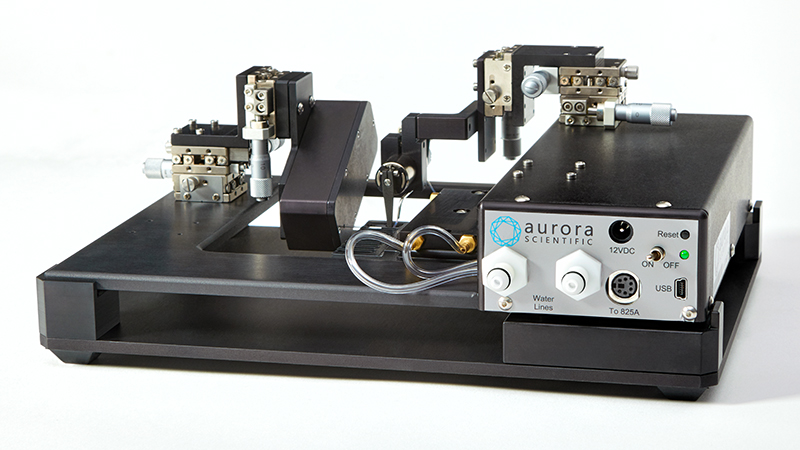
802D: Permeabilized Fiber Apparatus – Microscope Mountable
A multi-well automated test system for quick and accurate measurement of permeabilized fiber dynamics
Learn MoreRelated Systems
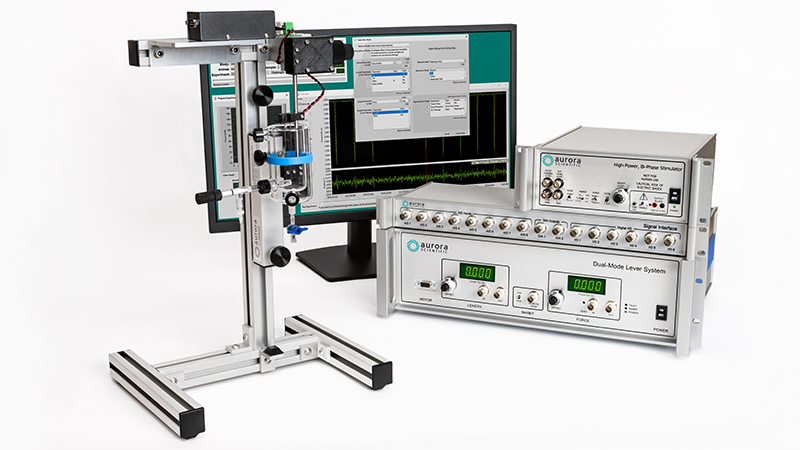
1200A: Isolated Muscle System for Rodents
The 1200A isolated muscle test system is a leading solution for quantifying mechanical properties of isolated muscle from mice or rats. This system is ideal for a number of limb muscles including the TA, EDL, Soleus, and for diaphragm strips and smaller muscle samples.
Learn More
1205A: Isolated Muscle System for Rats
The 1205A isolated muscle test system is optimized for the study of mechanical properties of rat isolated muscle samples. Just like the 1200A, this system is ideal for a number of limb muscles such as TA, EDL, Soleus, Gastroc and for diaphragm strips and smaller muscle samples.
Learn More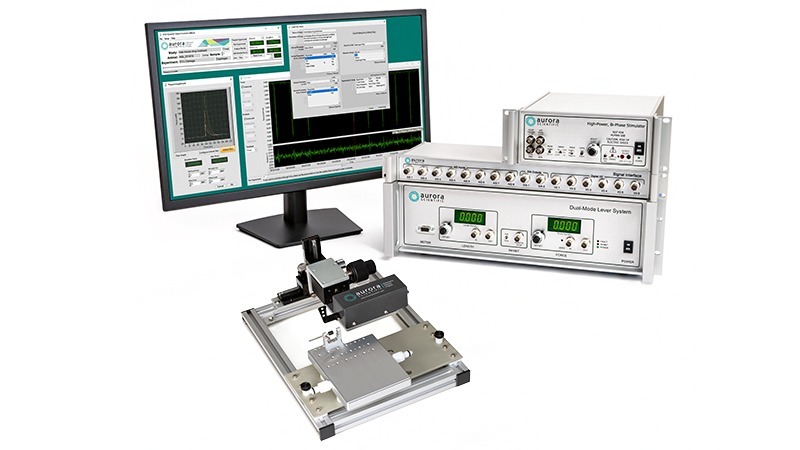
1300A: 3-in-1 Whole Animal System for Mice
The 3-in-1 Whole Animal System provides flexible and accurate measurement of rodent muscle properties in-situ, in-vivo and in-vitro.
Learn More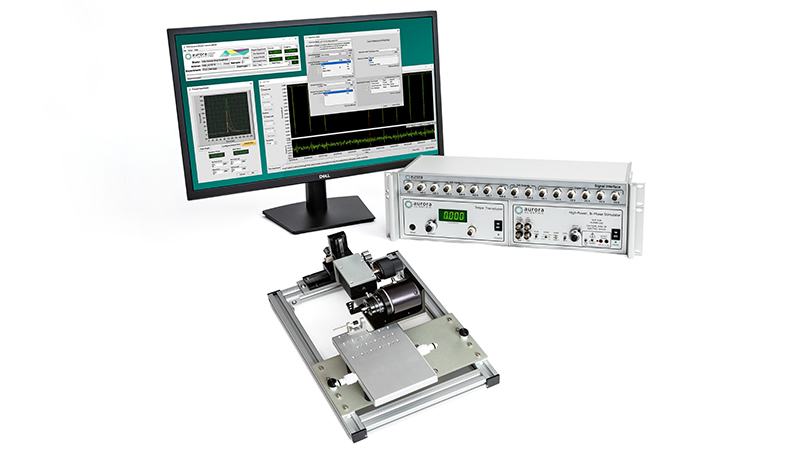
1301A: Isometric Whole Animal System for Mice
The all-new 1301A Isometric Whole Animal System enables simple, high-throughput isometric only footplate experiments to accurately measure in-vivo muscle function in mice
Learn More
1305A: 3-in-1 Whole Animal System for Rats
The 3-in-1 Whole Animal System delivers accurate and flexible measurement of rodent muscle properties in-situ, in-vivo and in-vitro. Ideal for live animal protocols, including injury and longitudinal studies, it evaluates the mechanical characteristics of intact muscle of rats, either isolated in-situ, with a footplate (in-vivo) or isolated in-vitro. Experimental setup, data collection and data analysis can all be done in a matter of minutes.
Learn More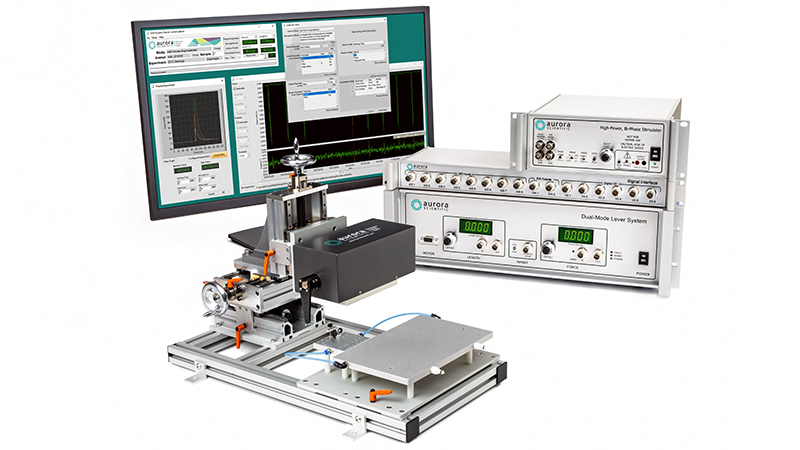
1310A: 3-in-1 Whole Animal System for Large Rodents & Small Animals
This flexible test system delivers accurate measurement of large rodent/small animal muscle properties in-situ, in-vivo, and in-vitro. This is ideal for live animal protocols including injury and longitudinal studies, allowing researchers to evaluate the mechanical characteristics of intact muscle of large rodents, either isolated in-situ, with a footplate (ex-vivo) or isolated in-vitro.
Learn More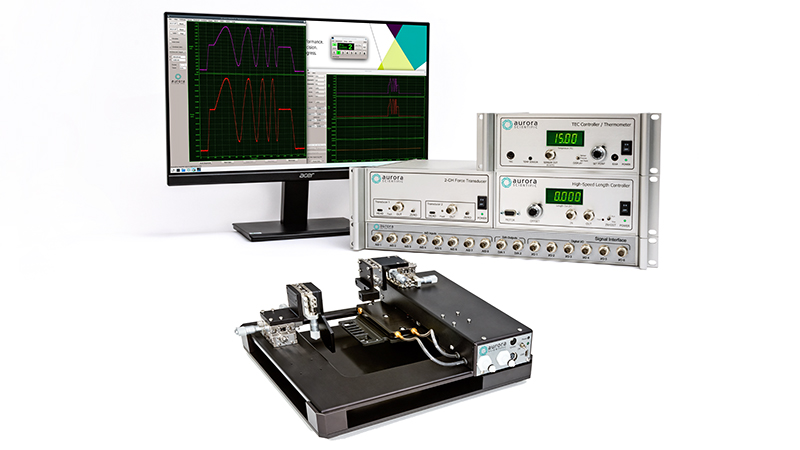
1400A: Permeabilized Fiber System – Microscope Mountable
The 1400A, 1405A and 1410A Permeabilized Fiber Systems are designed to enhance experimental throughput and simplify complex permeabilized fiber experiments.
Learn More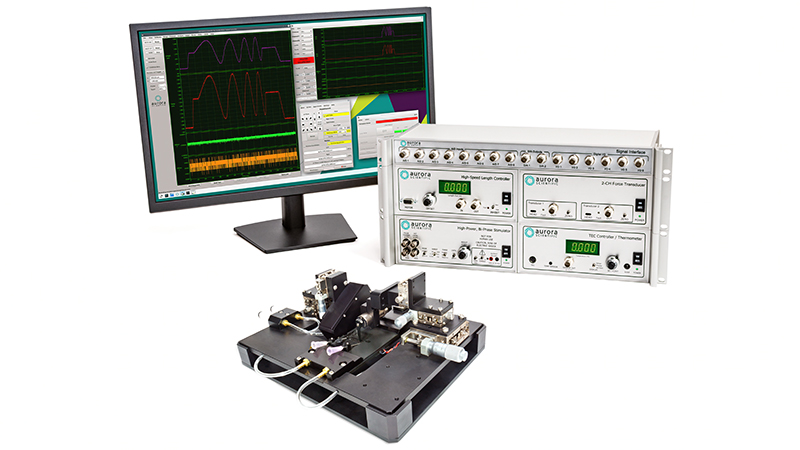
1500A: Isolated Muscle System – Microscope Mountable
The Isolated Muscle Systems (1500A, 1510A and 1530A) are highly integrated, turnkey systems providing physiology researchers a simple way to control and measure intact muscle and physiological small tissue samples.
Learn MoreSpecifications
| Output Pulse Electrical Specifications | 701C |
|---|---|
| Pulse Output Voltage [V] | 0 to ±80 |
| Pulse Output Current [milliamp] | 0.4 to 1,000 |
| Output Voltage Adjustment | Range switch: 20V, 80V Adjust Potentiometer: 0 to 100% |
| Output Current Adjustment | Range switch: 10mA, 100mA, 1A Adjust Potentiometer: 0 to 100% |
| Pulse Width [millisecond] | Pulse Trigger Input: 0.01 to 500 Manual Trigger: 1.25 |
| Pulse Rise and Fall Time1 [µsec] | <10 |
| Pulse Recurrence Frequency [Hz] | Single shot to 20,000 |
| Pulse Phase | Positive, Bi-Phase, Negative |
| Maximum Duty Cycle [%] | 20 |
| Pulse Output Control | On/Off Switch |
| Pulse Output Connector | BNC |
1 = 10 to 90%
| Trigger | 701C |
|---|---|
| Trigger Modes | Manual, Follow (via Pulse Trigger BNC) |
| Pulse Trigger Input [V] | +2 to +15 |
| Trigger | 701C |
|---|---|
| Sync Monitor [V] | +5V pulse/output pulse. Sync pulse width same as output pulse width |
| Voltage Monitor [V] | 1 V/10 V output voltage (only active during pulse) |
| Current Monitor [V] | 1 V/1 A output current (only active during pulse) |
| Monitor Connectors | BNC, front panel |
| General Specifications | 701C |
|---|---|
| Operating Temperature [°C] | 0 – 40 |
| Power Required | 100, 120, 220, 240 VAC, 50/60 Hz. available |
| Power Consumption [W] | 50 |
| Weight [kg] | 3.0 |
| Dimensions [cm] | 21W (1/2 rack mount) x 25D x 9H (2U) |




